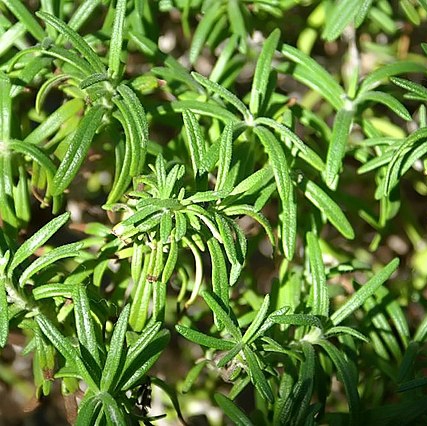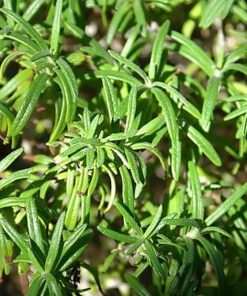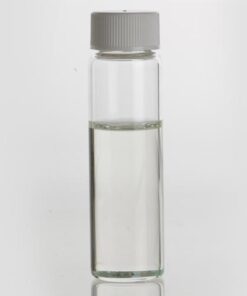Rosemary Oil is steam distilled from the flowers, leaves and twigs of wild growing Salvia rosmarinus (was Rosmarinus officinalis), which is found in numerous forms and sub-varieties. The shrub is evergreen with leaves similar to hemlock needles. It is native to the Mediterranean and Asia, but is reasonably hardy in cool climates. It can withstand droughts, surviving a severe lack of water for lengthy period.
Rosemary Essential Oil CAS 8000-25-7
Rosemary Oil is a pale yellow or almost colorless, mobile liquid of strong, fresh, woodyherbaceous, somewhat minty-forestlike odor. The “high” fresh notes vanish quickly, yielding to a clean, woodybalsamic bodynote which tones out in a dryherbaceous, but very pleasant and tenacious, bitter-sweet note. There is considerable difference in the odor of the various types of rosemary oil.
Apart from a very high amount of monoterpenes, rosemary oil contains a significant amount of Borneol, a crystalline terpene alcohol, but this is also the main oxygenated component of the oil. Rosemary oil is, accordingly, not very soluble in diluted alcohol (below 80%), but it finds extensive use in perfumery for citrus colognes, lavender waters, fougères, pine needle fragrances, Oriental perfumes (it blends excellently with olibanum and spice oils!), in roomdeodorants, household sprays, insecticides, disinfectants, etc.
Arctander, Steffen . Perfume and Flavor Materials of Natural Origin (p. 647).


![By Itineranttrader [Public domain], from Wikimedia Commons](https://www.augustus-oils.ltd.uk/wp-content/uploads/2018/10/Rosemary-Essential-Oil.jpg)

